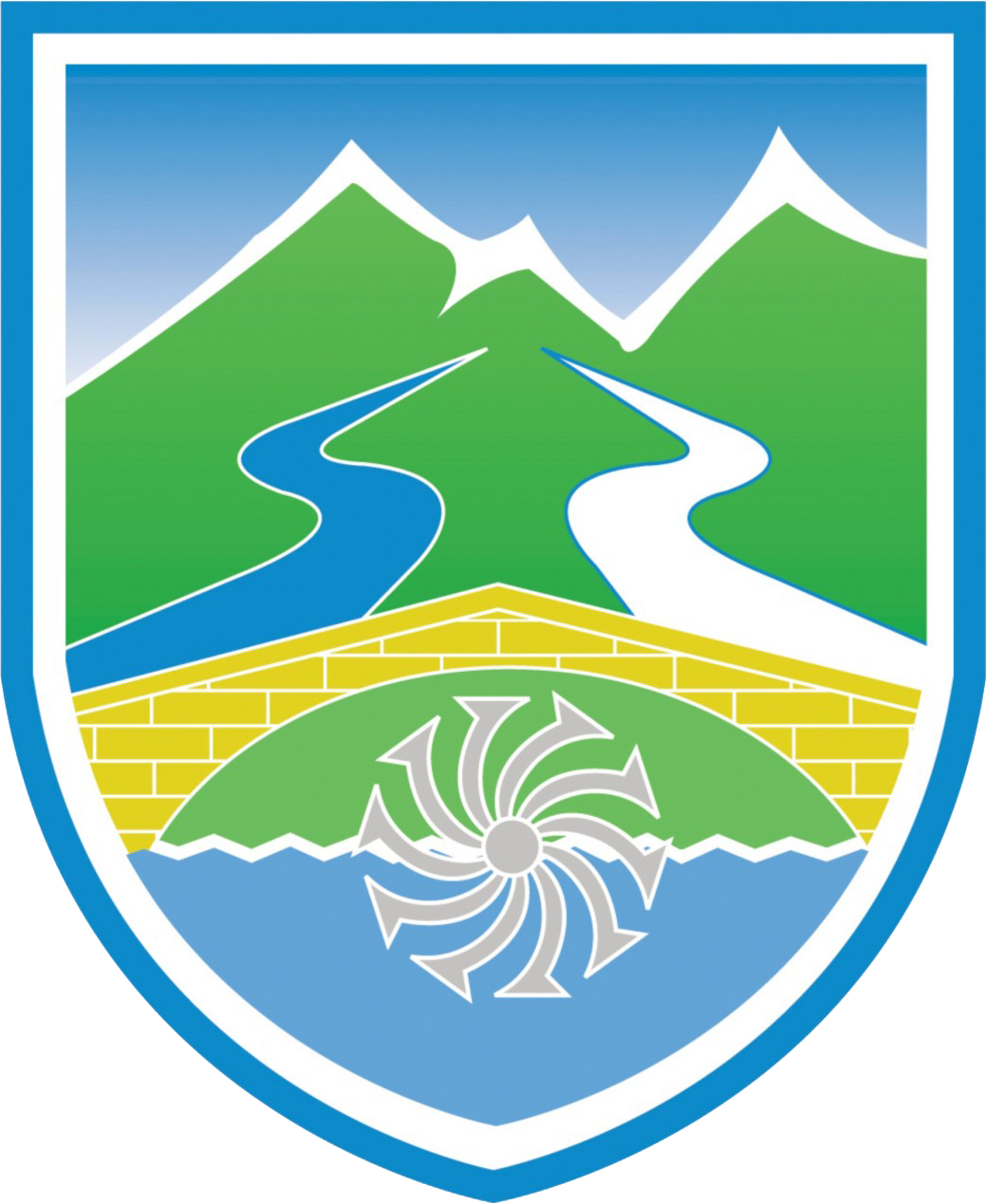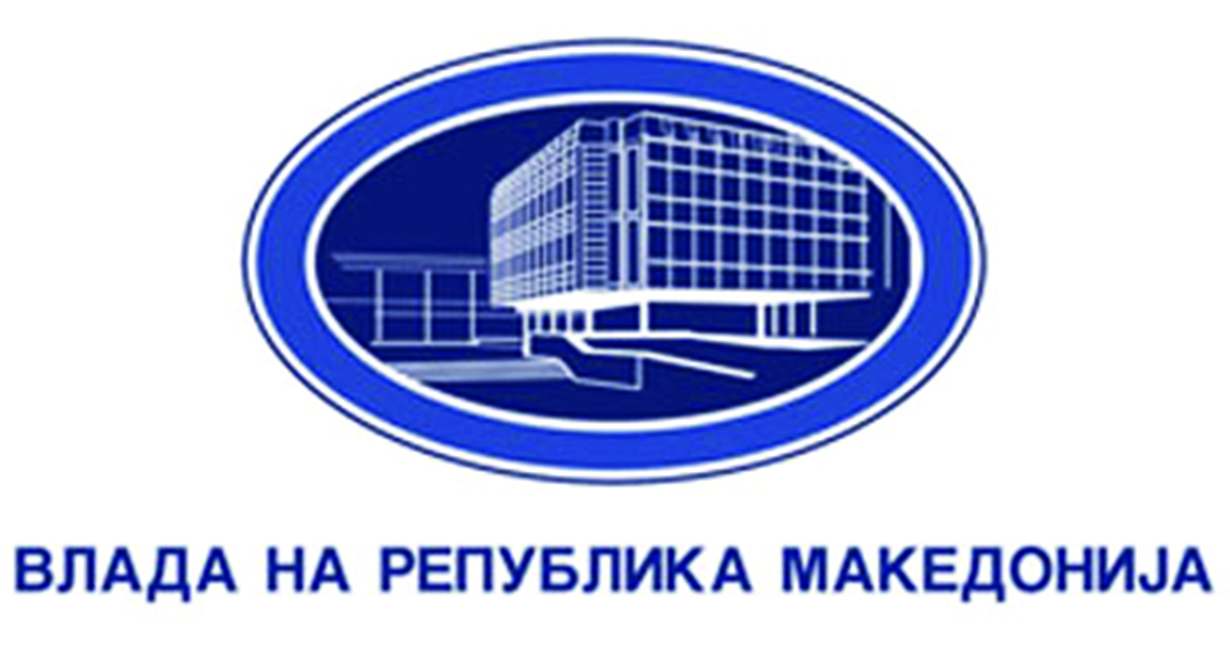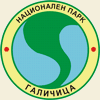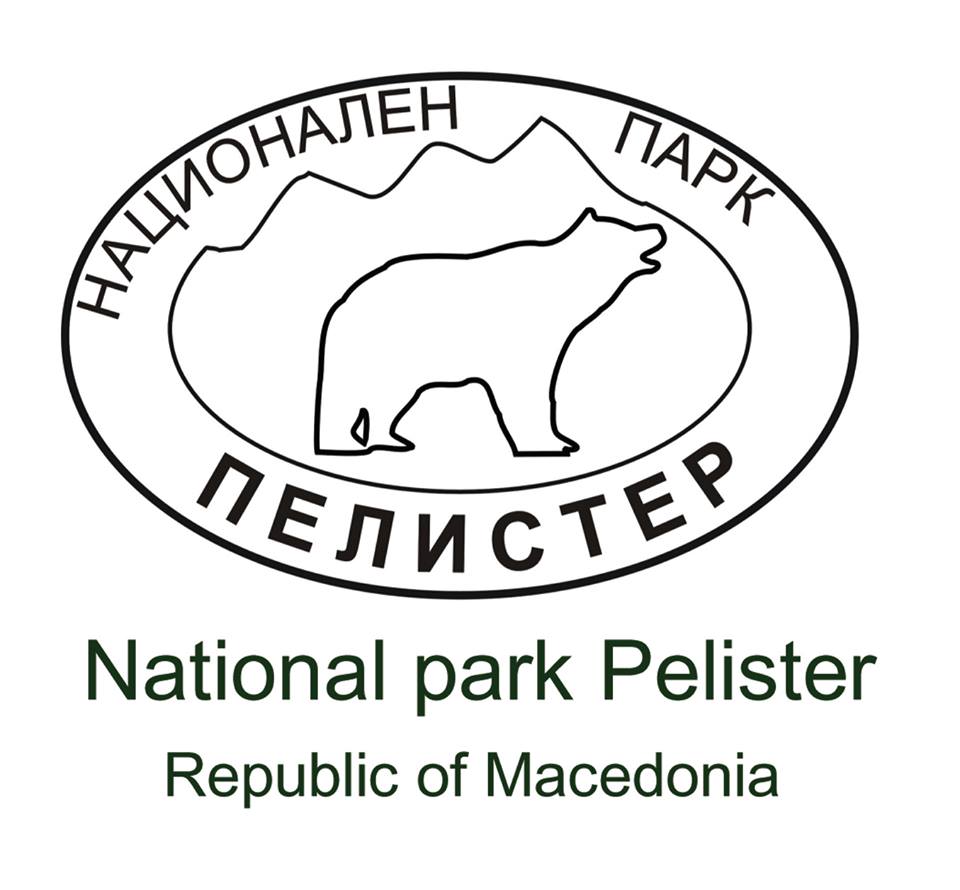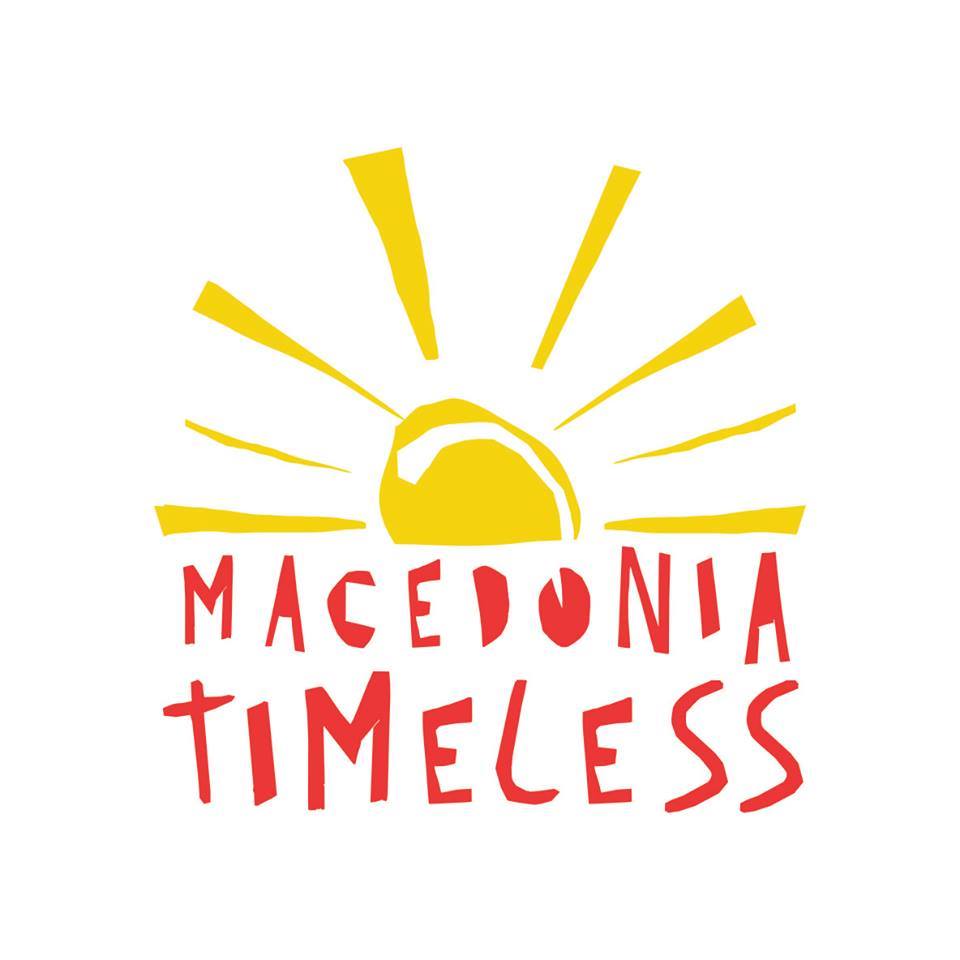Saint Jovan Bigorski Monastery (St. John the Forerunner Bigorski Monastery)
The monastery complex St. Jovan Bigorski (St. John the Forerunner Bigorski Monastery), dedicated to St. John the Baptist, is located along the beautiful river Radika, on the way between Gostivar and Debar, in the vicinity of the villages of Rostushe, Bitushe, Velebrdo and Trebishte.
History of the Monastery
According to the chronicle of St. Jovan Bigorski monastery, it was founded by the monk John in the year 1020, and in the 16th century the monastery was destroyed after which only the small church remained from the entire complex. It is also discovered from the chronicles that the monastery was restored again in the year 1743 by the monk Ilarion who was the first abbot of the St. Jovan Bigorski monastery in more recent time.
The name of the monastery is derived from the fact that the object was built from limestone (“bigor” in Macedonian).
The St. Jovan Bigorski monastery consists of a monastery church dedicated to St. John the Baptist, ossuary located next to the church, “seymen” defense tower, the complex of monastery lodgings, and the newly built guest lodgings.
General Information
Iconostasis
The St. Jovan Bigorski monastery is far and wide famous for its iconostasis. It was made by the hands of the craftsman Petre Filipov – Garkata from the village of Gari. Together with his brother Marko Filipov, Makrarij Frchkovski from Galichnik and Avram Dichov with his sons Vasil and Filip from the “Filipovci” family from Osoj, in the period from 1829 to 1835, they succeeded in making a magnificent artistic wooden display.
The iconostasis is divided in six horizontal belts. The first one consists of rectangular fields in its base, on which there are ornaments from the flora and the fauna. The second belt, in which the throne icons are placed, ends with a figure of an eagle with spread wings. The third belt is divided in three smaller horizontal divisions in which there are angels symmetrically arranged, bunches of grapes, grapevine branches, etc. There are two lines of icons above them – presenting religious holidays and with presentations of the apostles. In the central part there is the large cross on which the Crucifixion of Jesus is presented. On both sides of the cross there are figures of a dragon from the mouth of which the icons of St. John the Baptist and the Holy Mother of God are rising.
The Icon of St. John the Baptist
In addition to the iconostasis, the monastery is also known by the icon of St. John the Baptist which is believed to have a miraculous power. According to the traditional story, the icon was found by the monk John in the year 1020. It came by itself to the place where later the monastery was built and hovered above the springs of the river Radika. In the 16th century, in the time of the Sultan Selim II, the Ottomans set the monastery on fire. The icon mysteriously disappeared and even more mysteriously returned undamaged. In the monastery records, it is written that the icon of St. John the Baptist was not protected for 35 years and that finally in the year 1885 the icon was covered in silver case. St. John the Baptist is presented in the icon as a three-handed saint. It is believed that the third hand is to give a blessing and that the icon helps parents who cannot have children.
Monastery Complex
There is a “Gallery of Icons” open at the monastery. There are about seventy icons displayed in the gallery dating from the 12th century, 13th century, and 19th century. The gallery started with a display of icons from the first half of the 17th century, depicting Christ’s life from the Annunciation, Nativity of Christ, Baptism of Christ, Transfiguration, Entry into Jerusalem, Crucifixion, Resurrection, Ascension and Dormition of the Holy Mother of God.
In the closed part of the church in 1871 were the frescoes of St. Clement of Ohrid, St. Naum, St. John Vladimir, Ss. Cyril and Methodius, St. Tsar Boris and St. Tsar Ivan Shishman of Bulgaria. According to the Bulgarian journalist Svetoslav Terziev, today the names of the Bulgarian rulers Boris and Ivan Shishman are altered into Stefan Dechanski and Lazar Hrebeljanovikj, during the Serbian occupation of Macedonia in the period from 1913-1941.
At the Saint Jovan Bigorski monastery there are remains of the church dating from the 16th century, and from the 17th and the 18th century, of which the large icons are still kept. The oldest ones, more precisely the ones from the 16th century are restored at the Republic Institute for Protection of Monuments of Culture.
Interesting Facts
The Macedonian film “Miss Stone” was made in this complex.
The Fire at the Monastery
On 30 September 2009, a fire broke out in the monastery complex when the old lodgings, the upper mansion, the two dining rooms, the guest room, the kitchen, the library and the monks’ dwellings were completely burnt.
“Elen Skok” Bridge
The bridge was built on the river Mala Reka, at about six hundred meters from the place “Boshkov Most” in the vicinity of the regional road Gostivar-Debar.
According to the stories of the local population and the legends, the bridge was built 3-4 centuries ago in the memory of an enchanting and magnificent deer. On the Stogovo mountain, near the village of Mogorche, a hunter from the village came across a deer when he was going hunting. He lifted his rifle to shoot, but when the deer looked at him, he realized that the deer with its warm look in its eyes and its posture was asking him not to shoot, not to kill it. The hunter was enchanted, he put down his rifle, approached the deer and started to cuddle it, while the deer expressed its friendship by snuggling its head. Thus, the hunter and the deer became friends and spent time together every day. The hunter told the village people about this friendship with the deer. One morning they headed to search for the deer. They found it and tried to catch it, but the deer started to run and tried to jump over the river to avoid becoming prey to the strangers. However, it did not succeed. The leap was a few steps shorter and the deer broke its forelegs. In the memory of the deer’s courage and beauty, the villagers of Mogorche, who were well-known craftsmen, built this bridge of unusual construction and architecture.
The Old Mosque in Vil. Rostushe
Compared to the relatively large concentration of Christian sacral objects, the cultural heritage related to the Islamic monuments shows drastically more reduced range. Unfortunately, in the archival documentation of the Republic Institute for Protection of Monuments of Culture, there is only scarce information about them, which, together with the lack of appropriate research treatment and nonexistence of relevant expert literature, disables their evaluation in the context of general contribution to the Islamic heritage of the Municipality of Mavrovo and Rostushe cultural image.
According to the local population and some notebooks that have been found (some of which are still kept in the premises of the mosque), the object is more than 350 years old. The unsuitable treatment of the mosque and neglecting its cultural and historical value has contributed to making several inadequate construction works on it, by which its outside original look has been changed to great extent.
Recently, a small minaret was built near the mosque, for the building of which the limestone of the renovated village mosque in vil. Rostushe was used. One part of this limestone was also used for building of the new sections at the St. Jovan Bigorski monastery, while both the Bigorski monastery and the Christians have financially supported the building of the new mosque in vil. Rostushe. This has one more time confirmed the cohabitation of the local population with different religious views.
Archaeological Site St. Nicholas
The location represents a necropolis from the Late Middle Ages.
It is located in vil. Mavrovo in the vicinity of the submerged church of St. Nicholas next to the road, where, apart from the church, during the summer period when the water level in the Mavrovo Lake is lower, you can see stone blocks of graves and archaic crosses of limestone.
